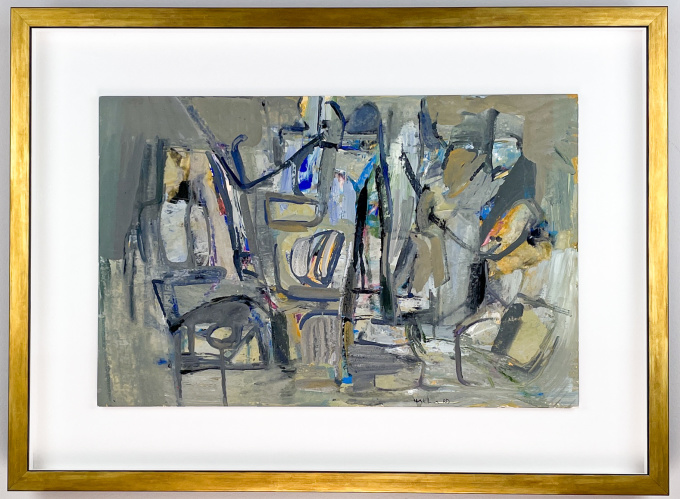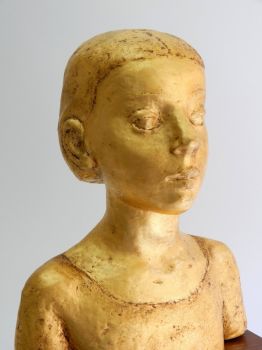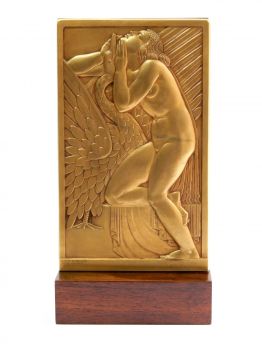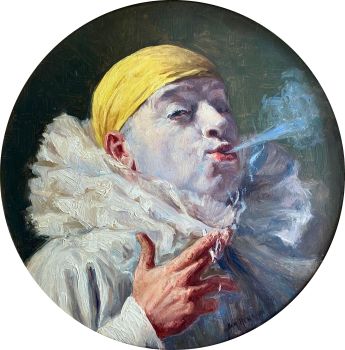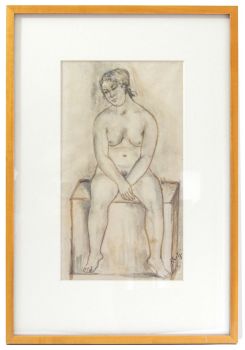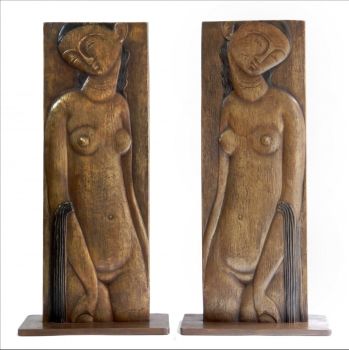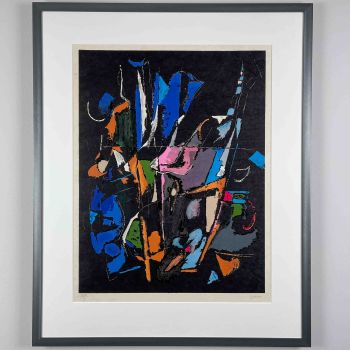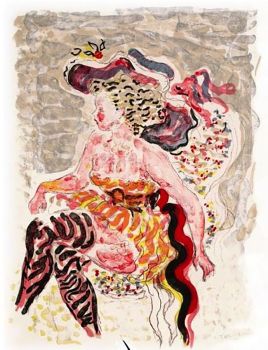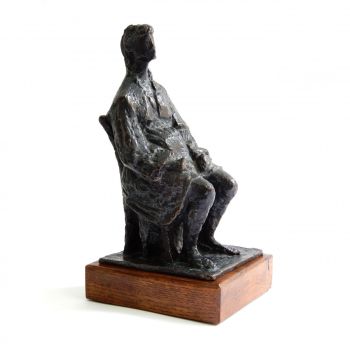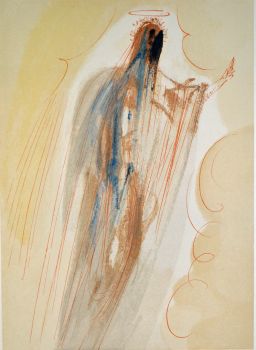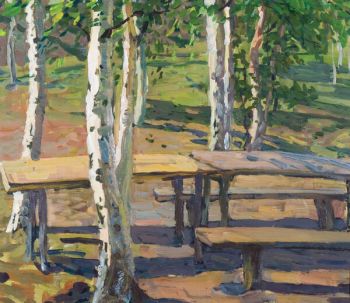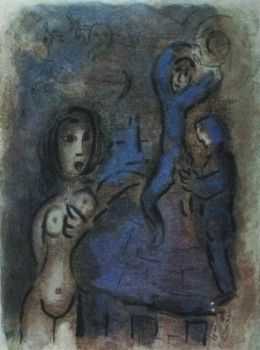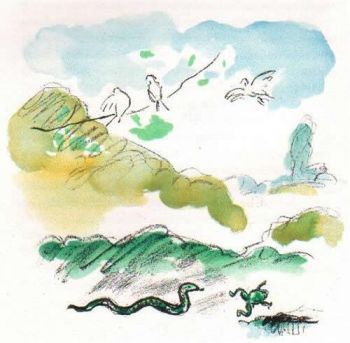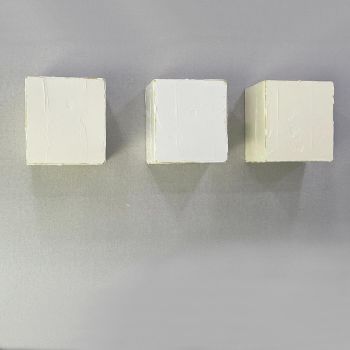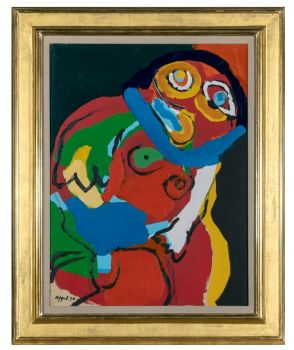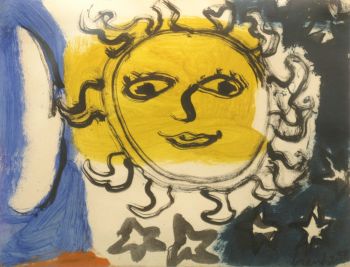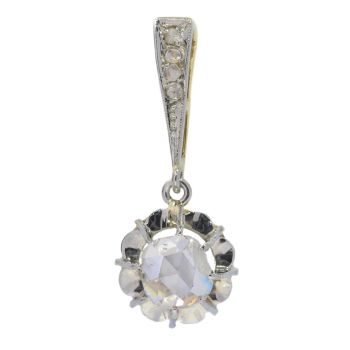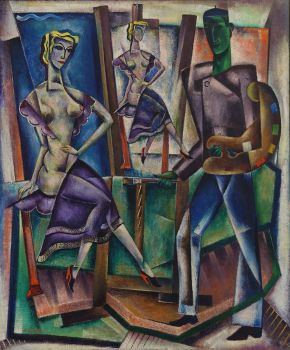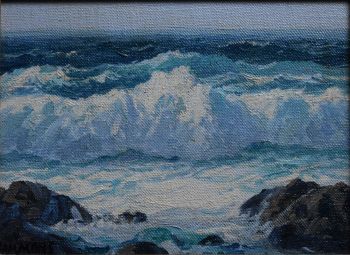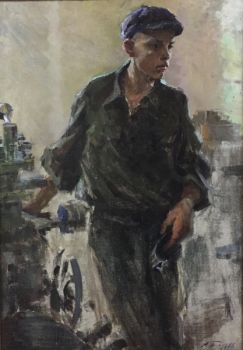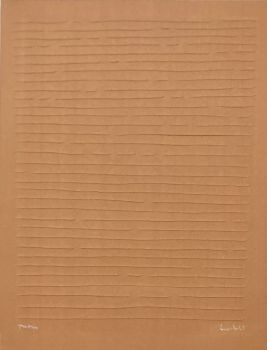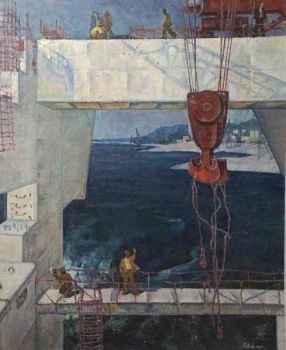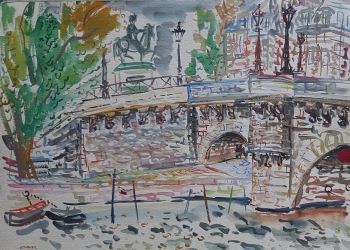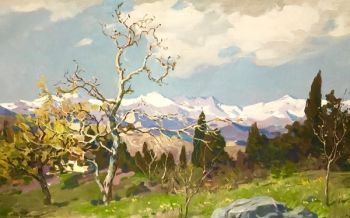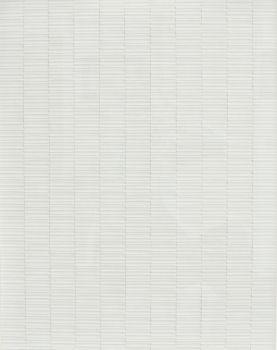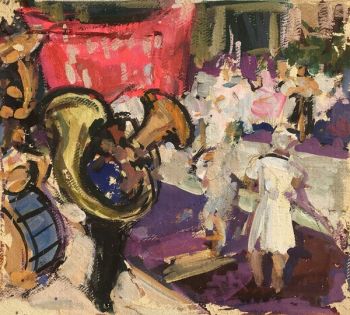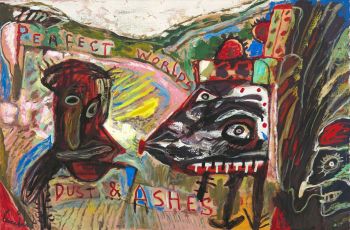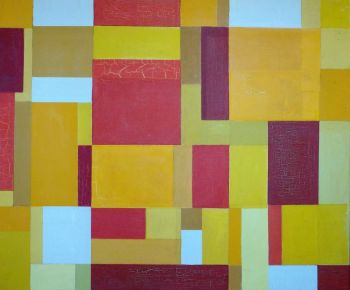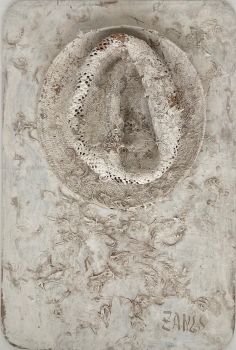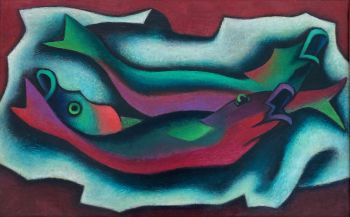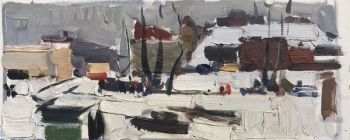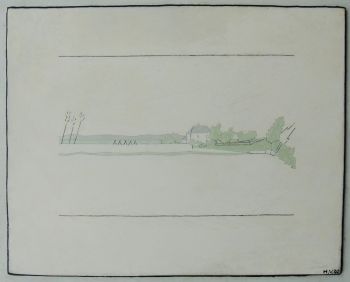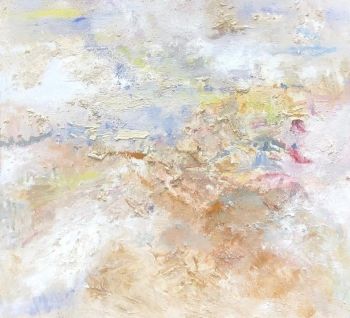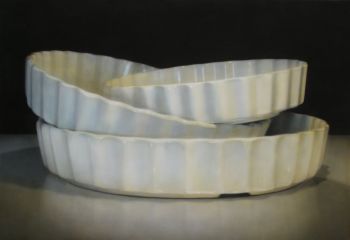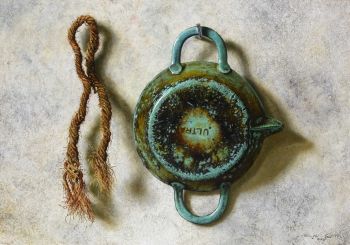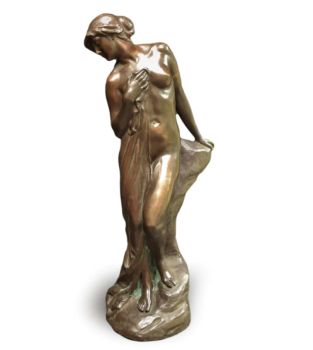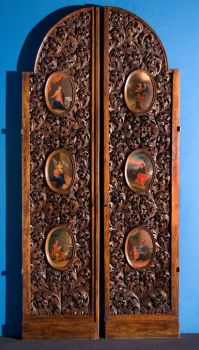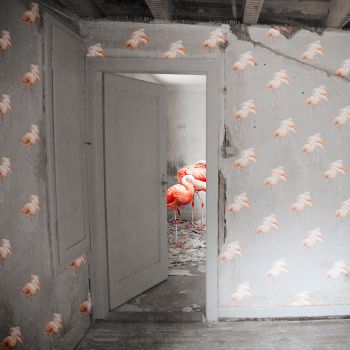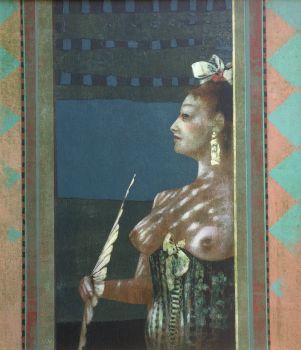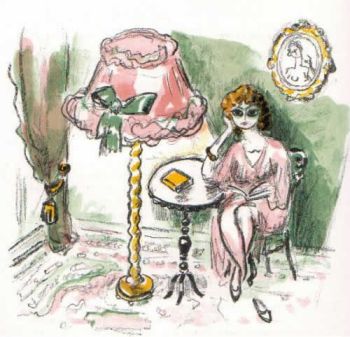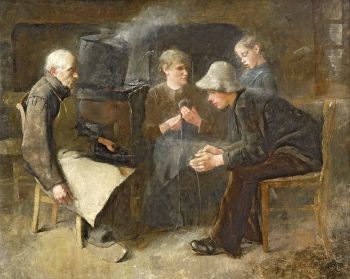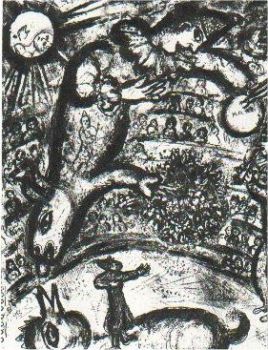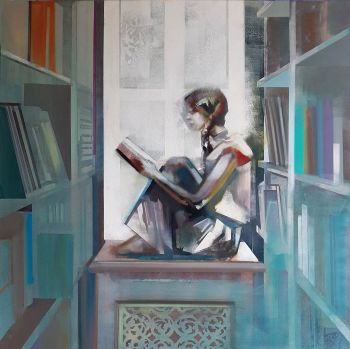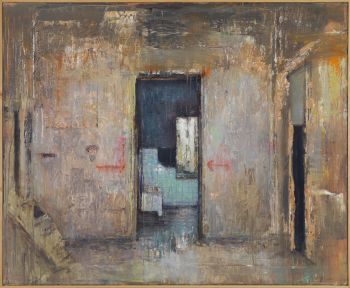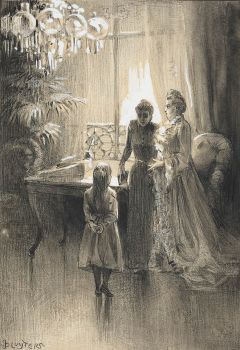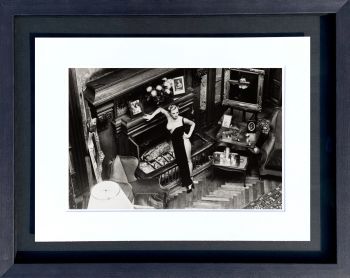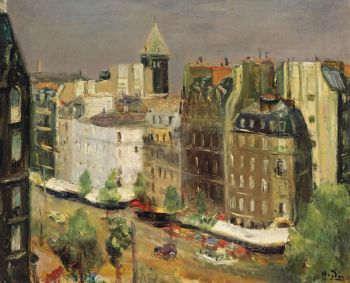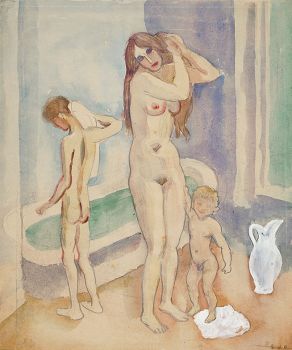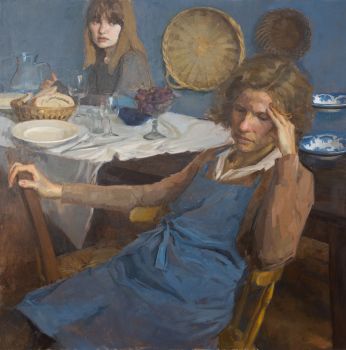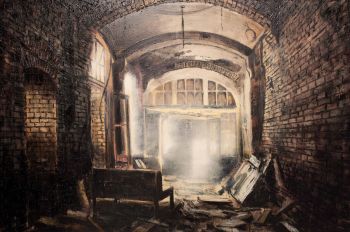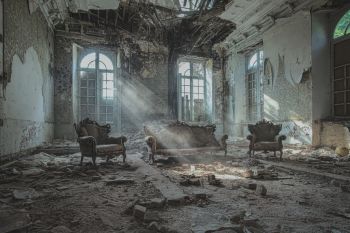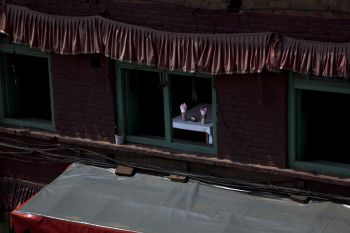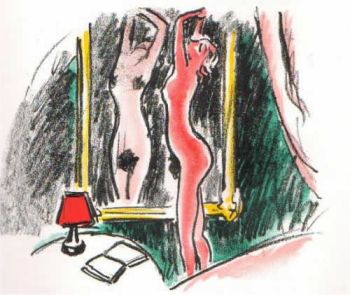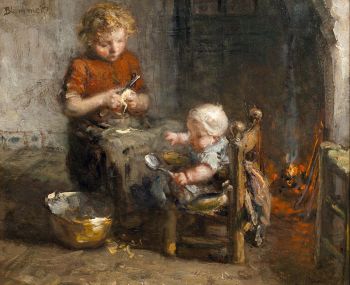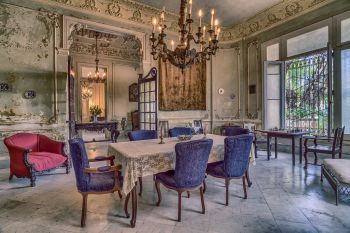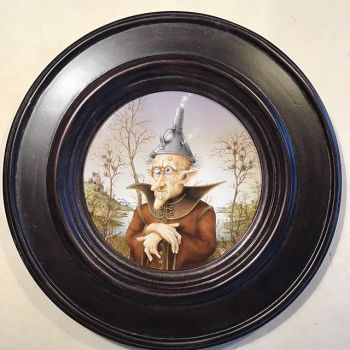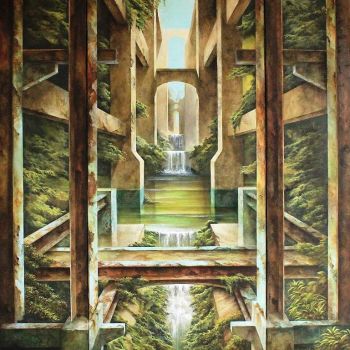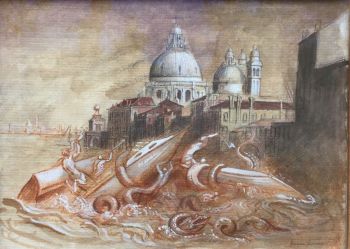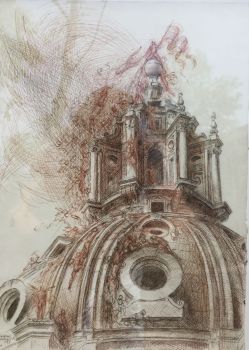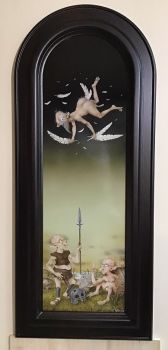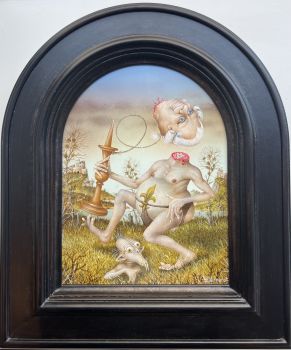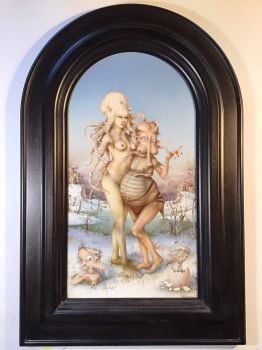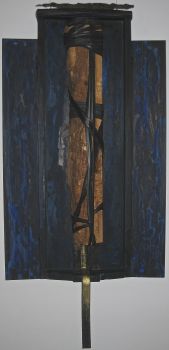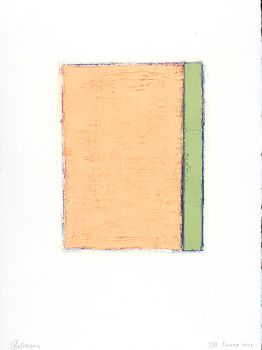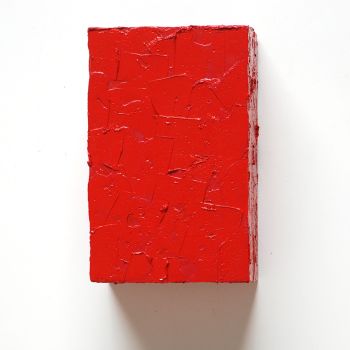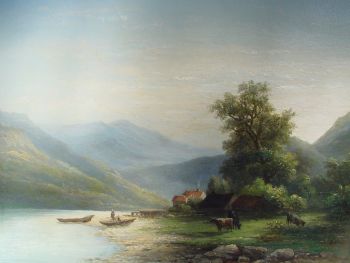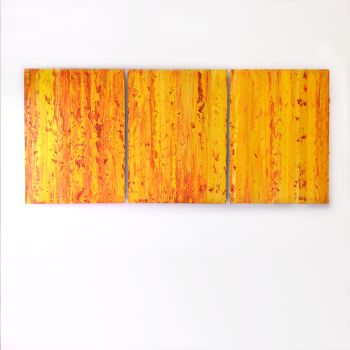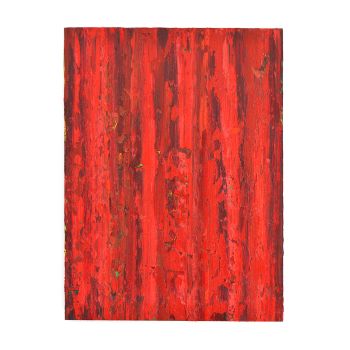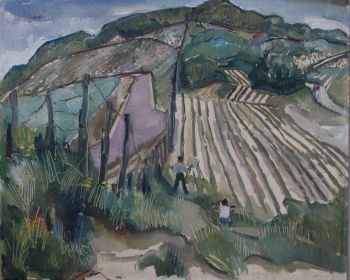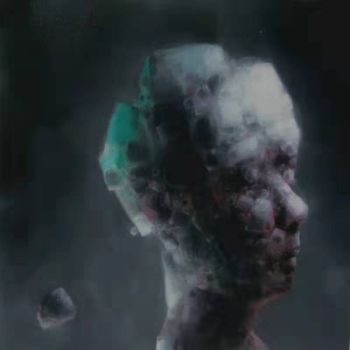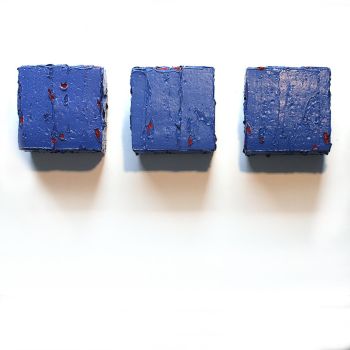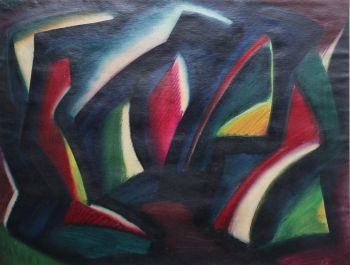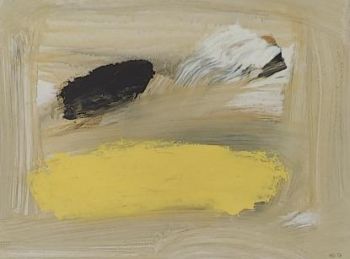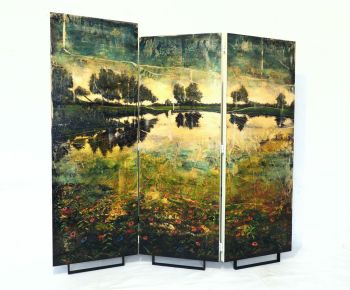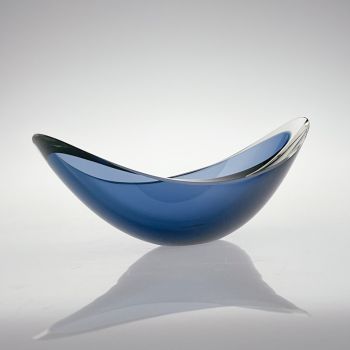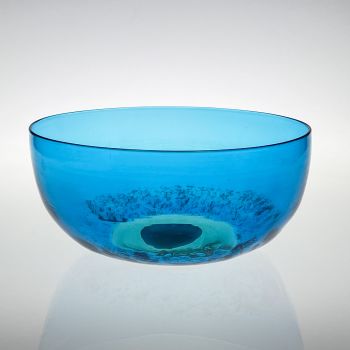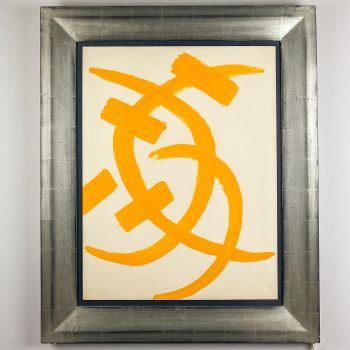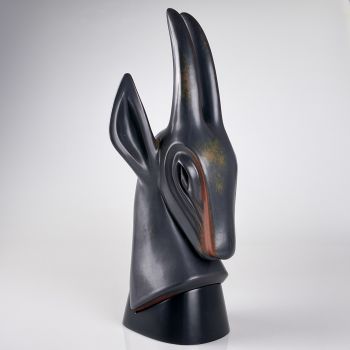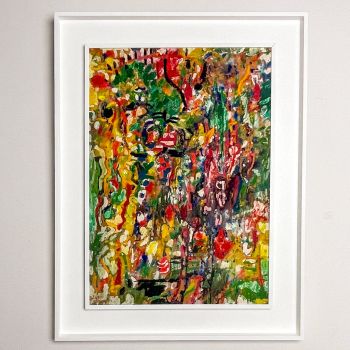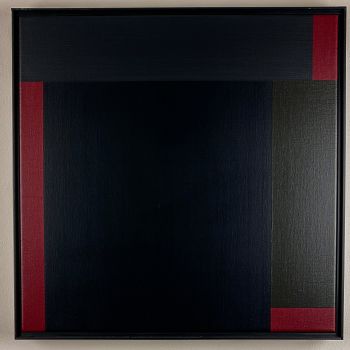“Interior”, circa 1955 – Tempera on cardboard 1950 - 1959
Louis Nallard
TemperaPaint
49 ⨯ 66 ⨯ 4 cm
ConditionVery good
€ 2.250
Van Kerkhoff Art
- About the artworkOriginal artwork by French painter Louis Nallard. In this abstracted Interior the artist blends grey and earthtones with strokes of vibrant blues, orange and green. Signed by the artist, right bottom corner.
About the artist
Louis Nallard (Algiers 1918 – Paris 2016) was a French non-figurative painter of the Nouvelle École de Paris.
Born on June 17, 1918, in Algiers, French Algeria, had a life intertwined with art and creativity. Despite facing early hardships with the loss of his mother to the Spanish flu, Nallard found solace in his ancestral landscapes. Every summer, he returned to the Dombes region, his father’s birthplace, which became a wellspring of inspiration for his artistic endeavors.
At the tender age of sixteen, in 1934, Nallard unveiled his debut exhibition featuring portraits and landscapes, showcasing his skills in watercolors and gouaches. The exhibition took place at the gallery owned by Thomas Rouault, the nephew of the renowned painter.
In 1941, Nallard enrolled at the Beaux-arts in Algiers, where he encountered fellow artists such as Marcel Fiorini and Robert Lavergne. Lavergne later became his introducer at the prestigious Galerie Jeanne Bucher. During this time, Nallard also met Maria Manton, whom he married in 1944. Additionally, he formed a lasting friendship with the painter Georges Ladrey, who shared his fascination with the work of Pierre Bonnard.
In 1947, Louis Nallard and Maria Manton departed Algiers, accompanied by Fiorini, and relocated to the Paris region. This relocation marked a turning point as they discovered the artistry of Bissière and forged friendships with him and Chastel. From 1948 onwards, Nallard actively participated in group exhibitions at renowned venues such as the Salon des Réalités Nouvelles and the Salon de Mai. Moreover, he established significant connections with the Galerie Jeanne Bucher, which consistently exhibited his paintings from 1948 onwards.
Establishing themselves in the heart of Paris, Nallard and Maria Manton assumed management of the Hôtel du Vieux-Colombier near Saint-Germain-des-Prés in 1950. The hotel became a vibrant hub frequented by artists after their exhibitions. Noteworthy figures such as Serge Poliakoff, who earned a living playing the balalaika in Russian restaurants, Herman Braun-Vega, a recent arrival from Peru, Sidney Bechet, Robert Hossein, the sculptor César, and writers Jean Sénac and Kateb Yacine, occupied its premises. In 1950, Nallard’s talent was recognized when he received the prestigious Prix Fénéon. Three years later, Nallard and Maria Manton exhibited their works in Algiers alongside Jean Sénac, Baya, Bouqueton, and Jean de Maisonseul. Additionally, Robert Martin’s “Colline” gallery in Oran organized an exhibition that showcased Nallard’s paintings alongside those of Bouqueton. It was during this time that Albert Camus took notice of Nallard’s captivating artwork.
The Galerie Jeanne Bucher held its inaugural exhibition of Nallard’s works in 1957, marking the beginning of a longstanding partnership. The following year, Nallard was among the “Sixteen painters of the young Paris school” featured in the Musée de Poche collection, with a preface by Hubert Juin. Throughout the 1950s, Nallard and Maria Manton fostered connections with Algerian painters, including Guermaz, Issiakhem, and Khadda, and developed a special bond with Benanteur and Aksouh. In 1963, Nallard participated in the “Algerian Painters” exhibition organized in Algiers. The following year, his artwork was showcased at the Musée des Arts Décoratifs in Paris.
In the 1960s, Nallard and Maria Manton embarked on a new venture, running “La Galerie” where they provided a platform for young painters. They also played an instrumental role in the Salon des Réalités Nouvelles, with Maria Manton serving as the general secretary from 1961 to 1995 and Louis Nallard assuming positions as vice-president and later honorary president. As Nallard’s exhibitions continued to captivate audiences both in France and abroad, he joined the École des Beaux-Arts in 1975 as a teacher, a role he held until 1983. Today, Nallard’s remarkable artistic legacy is represented in numerous prestigious museums worldwide, including those in Paris, Grenoble, Algiers, Amsterdam, Budapest, Montreal, Oslo, and Turin.
Signed
Signed front, right lower corner: Nallard
Condition
Good original condition, professionally framed
Provenance
Galerie Blanche, Stockholm
Dimensions
Artwork
Height 31,5 cm
Width 49 cm
Frame
Height 49,5 cm
Width 66,8 cm
Depth 4 cm - About the artist
In 1934, op 16-jarige leeftijd, onthulde Louis Nallard zijn artistieke creaties voor het eerst aan het publiek in de Thomas Rouault Gallery/Bookstore. Dit markeerde het begin van een veelbelovende reis in de wereld van de kunst.
Tijdens zijn studie aan de Ecole des Beaux-Arts in Algiers in 1940 bracht het lot hem in het gezelschap van opmerkelijke figuren als Fiorini, Bouqueton, Maria Manton en Bernard Lavergne. Hij wist niet dat deze toevallige ontmoetingen een cruciale rol zouden spelen bij het vormgeven van zijn artistieke lot. Pas in 1949 zouden deze connecties hem in contact brengen met de invloedrijke Jean-François Jaeger.
Louis Nallard had al de aandacht getrokken van Max-Pol Fouchet tijdens een tentoonstelling in Algiers in 1941, wat een voorafschaduwing was van de erkenning en bijval die zou volgen. In 1947 nam Nallard een levensveranderende beslissing om Algerije achter zich te laten en te verhuizen naar het bruisende artistieke centrum van Parijs. Deze cruciale stap markeerde een keerpunt in zijn artistieke evolutie.
Zijn artistieke stijl onderging een transformatie toen hij zich aanpaste aan de levendige Parijse kunstscène. Een hernieuwde ernst doordrong zijn palet en zijn vormen kregen een meer gefragmenteerde en abstracte kwaliteit. Deze belangrijke verandering bleef niet onopgemerkt en na verloop van tijd ontving hij de prestigieuze prijs "La Bataille" in de gewaardeerde Drouant-David Gallery.
Het jaar 1947 markeerde ook een ander cruciaal moment in Nallards reis toen hij de invloedrijke werken van Bissière tegenkwam in de Drouin Gallery. Deze ontmoeting met het oeuvre van Bissière heeft een onuitwisbare stempel gedrukt op Nallards artistieke ontwikkeling.
Kort na zijn aankomst in Parijs kruiste Louis Nallard het pad van de verlichte mentor, Roger Chastel. Chastel, ontvanger van de Grand Prix National des Arts in 1932 en professor aan de prestigieuze Ecole Nationale Supérieure des Beaux-Arts in Parijs, werd een leidende invloed op Nallards artistieke reis. Onder de voogdij van Chastel bleef Nallards kunstenaarschap bloeien en evolueren, waardoor zijn plaats in de annalen van de kunstgeschiedenis werd verstevigd.
Are you interested in buying this artwork?
Artwork details
Related artworks
- 1 - 4 / 24
- 1 - 4 / 24
- 1 - 4 / 24
Corstiaan Hendrikus de Swart
Mountain landscape with Lake1838 - 1900
Price on requestKunsthandel Pygmalion
1 - 4 / 24- 1 - 4 / 12

